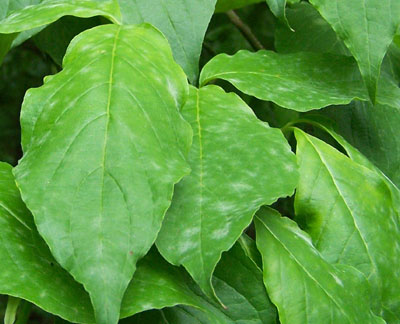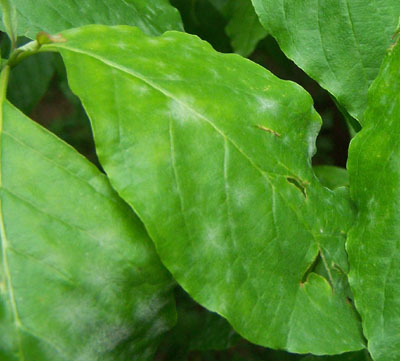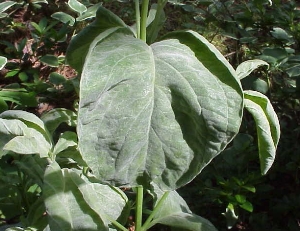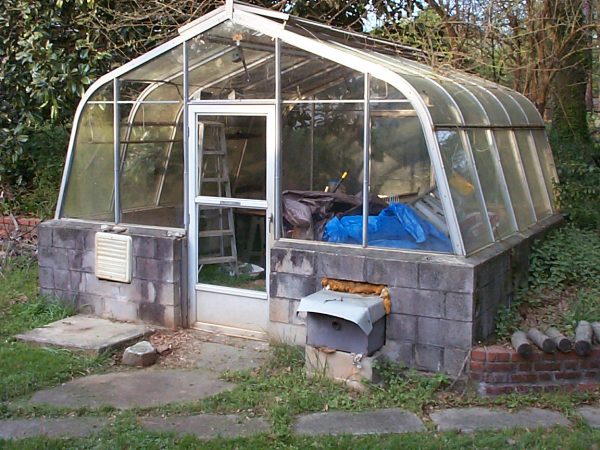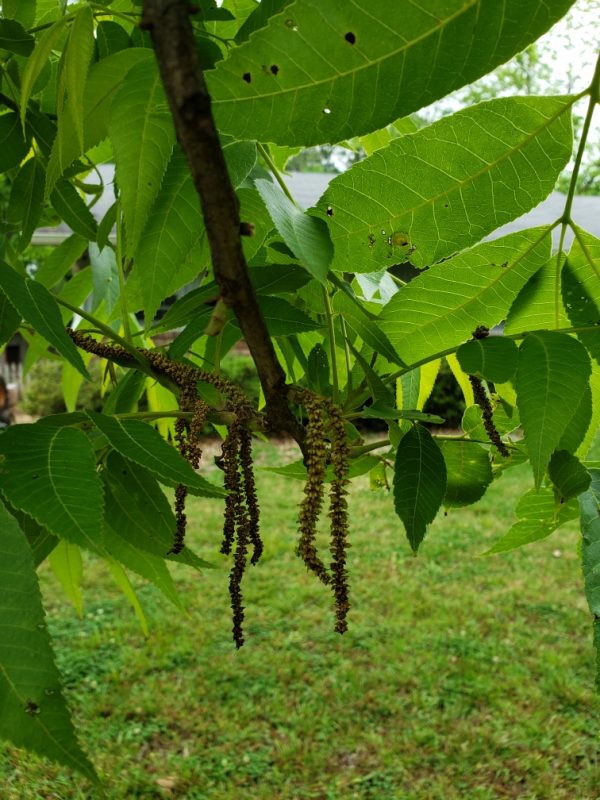Dogwood – Powdery Mildew Identification
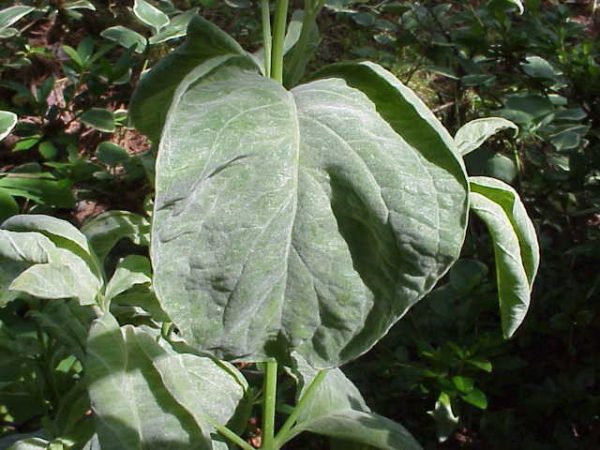
Q: I have a beautiful dogwood tree that reaches to the second floor deck. It looks really healthy, but today I noticed white spots on the leaves.
A: Your dogwood has powdery mildew.
Powdery mildew is a common disease of early summer. It is prevalent when we have cool nighttime temperatures coupled with warm, humid days.
Powdery mildew is a “parasitic” fungus. It rests on the leaf surface and absorbs sap from plant cells. For this reason infected leaves are often twisted and gnarled.
Euonymus, rose, phlox, lilac and crape myrtle are common hosts. Powdery mildews are host specific — they cannot survive without the proper host plant. The species which causes powdery mildew on roses does not attack lilac. The mildew that attacks dogwoods does not attack phlox. Powdery mildews are caused by over l,600 species of fungi.
Protect new foliage by spraying a labeled fungicide throughout the summer. The powdery mildew fungus overwinters on twigs and trunks so spray again at bud break next spring. Remove all leaves under the tree this fall.
Mancozeb (click for sources), Bonide Infuse (click for sources)
, chlorothalonil (click for sources)
, propiconazole (click for sources)
and myclobutanil (click for sources)
are commonly available from local garden centers.
Organic controls include Remedy (click for sources), wettable sulfur and horticultural oil (click for sources)
, including neem oil.
